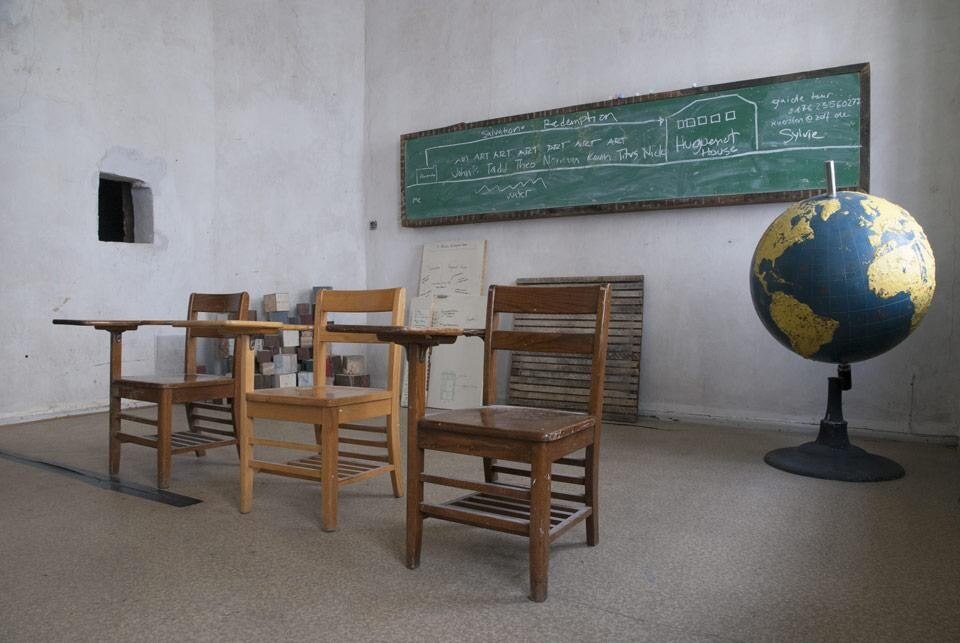Martina Angelotti: Reading your biography I am not so surprised by the talent with which you hold together all of your professions — artist, curator, musician, urban planner, sculptor, social mediator and so on — as much as by the consistency and specificity with which all these talents emerge and find a shape in reality, causing a chain of actual reactions. That is to say, in a way, what connects you to the role of the activist artist. What do you think of this definition and what does this word mean to you?
Theaster Gates: Firstly, I don't really imagine myself as a series of parts. These individual designations seem almost absurd and I think they do more to confuse than to explain. I am learning how to cultivate things that I love doing and translate those things into opportunities for some sort of output. The output is sometimes extremely intentional, but other times, a by-product of shared practice. This work has activist "affects", I'm told. I may also have some intentionality around why I make, but activism is not the word. "Intentionality" is closer to it. Taking action is an important part of making. Action through instructing and leading and touching things directly. Action with intention could create new order, new opportunities, CHANGE, etc. but this is only a small set of affects.
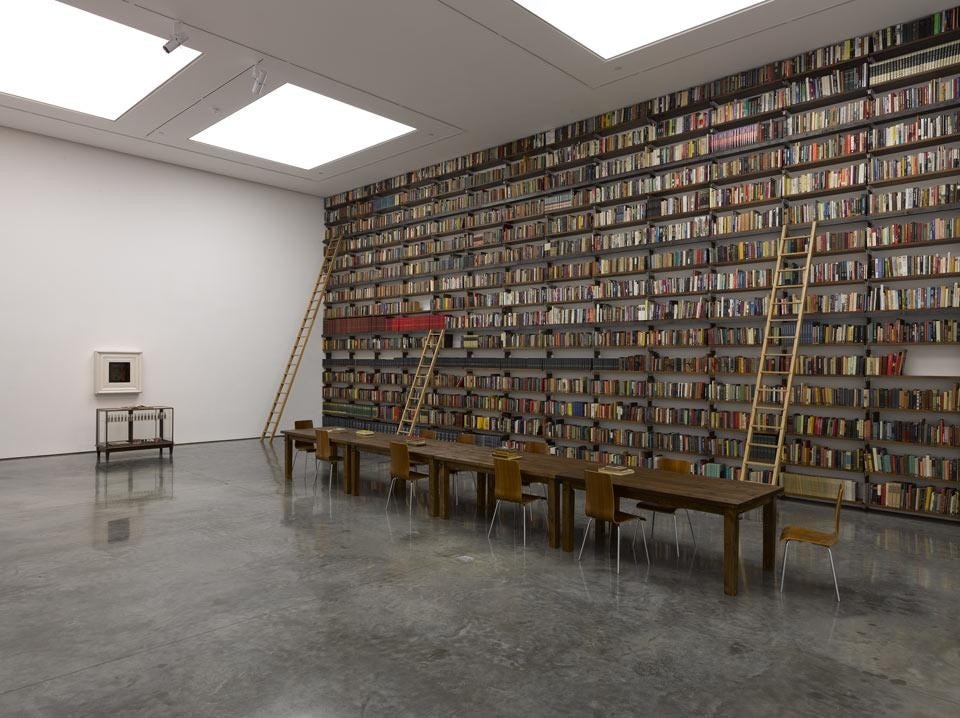
Cult is actually a very interesting way of understanding this. It is not dissimilar from the Art World Cult, in the way you use the word. The cult of the church (laughs) is really more a culture of highly skilled, deeply rooted people who express their love of God and their understanding of humanity through song and sermon, parable and service. The magic of music through this lens was that there was a reward for doing it with your whole heart, and sometimes that reward was different than if one sang well. I understood that one could act with belief and have a much more fulfilled life than if one had acted with precision or rightness. Emotion and action, in this sense, created heat. It was definitely a period of my life that sought heat. I continue to look for that heat.
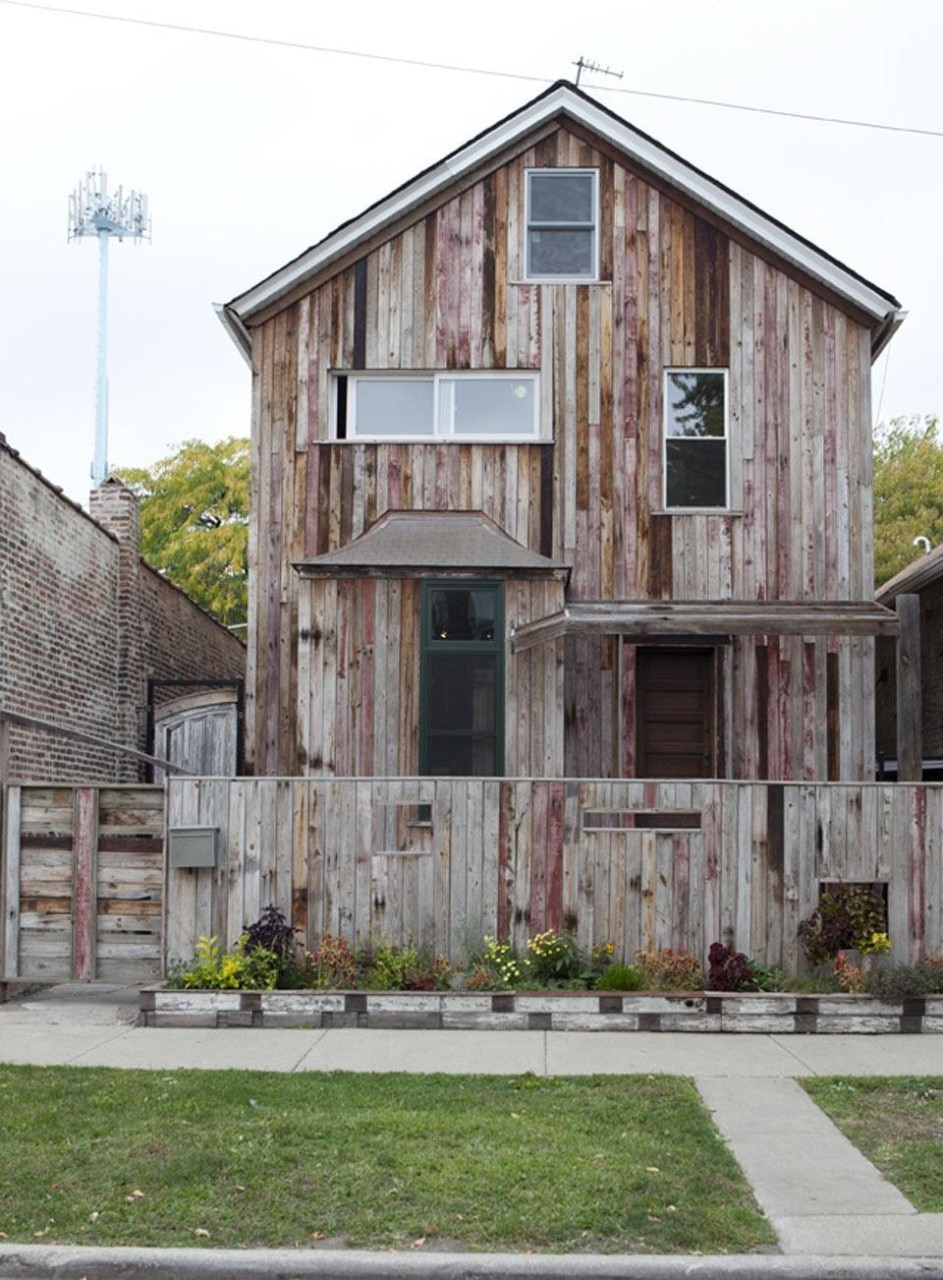
In a way, the space was converted. In another way, it was simply reactivated. It's the reactivation, combined with the loading of added information that makes the Huguenot House special. The accumulations of actions over time at one site, one monument, one added moment in history. An accumulated history of Documentas, of Beuy's interventions of migrations and transitions, from sleepy town to a town fully awake. The work we've done in Kassel happened in the wake of the Olympics and considering that event's burden of creating a legacy. I am sure that the word legacy was in my mind when we were caring for the building and I was making decisions about its activation. The work felt successful because it made room for both Kasselers and those from around the world visiting. Its conversion was about it becoming a vessel that could hold the ambition and conviviality of many of those in need of place to be. Me, my team, passersby, historians in need of a story for future practices.
Taking action is an important part of making. Action through instructing and leading and touching things directly. Action with intention could create new order, new opportunities, change
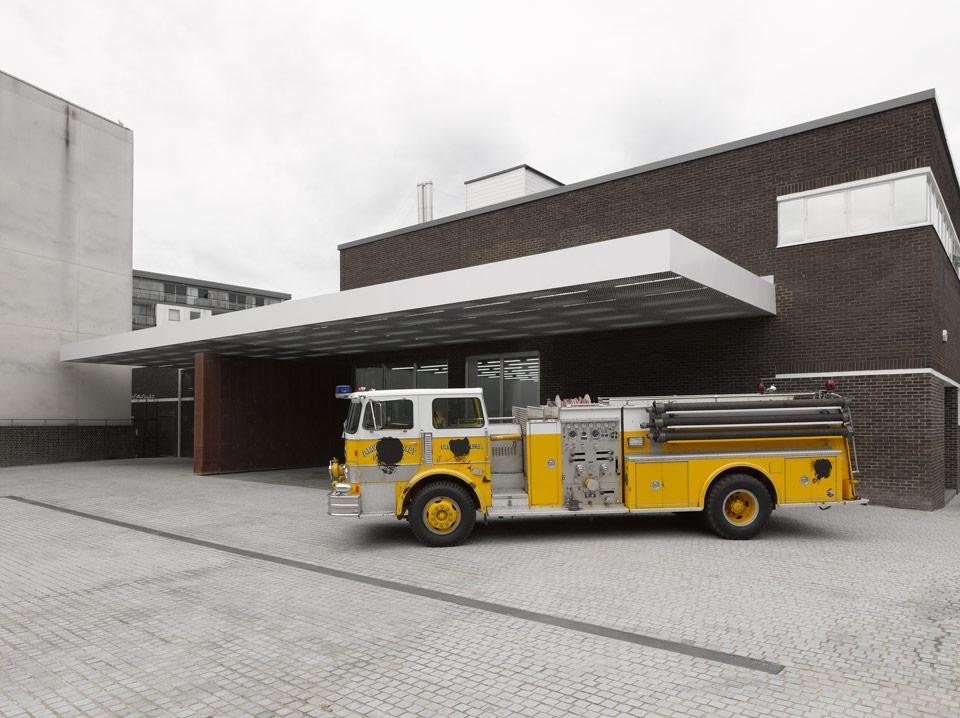
This work is still in the beginning. I can not take credit for it. It is an attempt to live in a place fully. It is not a light or a beacon — people are "light." Buildings are sockets that could potentially contain light. Buildings are vessels.
What I think has been most successful about the project is that once the spaces were created, we were able to get some of the most amazing creative people in the city to activate it. The musical performances, installations, public talks and dinners have all simply made life on the block richer. Our hope is that in the absence of larger cultural spaces on Chicago's South Side, more of this very simple and modest projects can house the creative magic of our city.
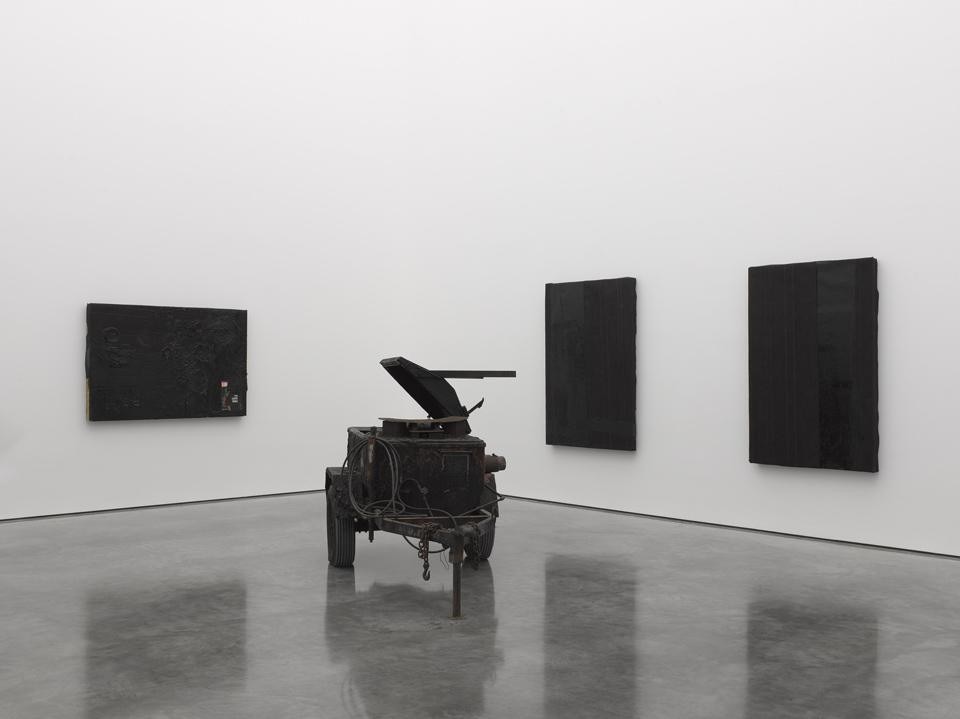
I'm not sure if what I have is a sense of social responsibility as much as the work that I'm engaged in is the most important work that I can be engaged in. The Ebony collection of books and periodicals is a rare treasure which deserves presence in the world because it substantiates Blackness in a way that very few qualiers or symbols could. Johnson Publishing did the hard work of cultural production and dissemination. The challenge is that we forget too quickly the deep value of histories and over time. We simply have to be reminded of the inescapable ambition and diligence of these histories. In this sense, my work is being part custodian and part amplifier.
I am simply making and re-making meaning, allowing acts of creation and administration to create pause, arrest time for a moment or longer. I hope to create these moments of encounter. Charles Esche and I spoke a lot about this. Moments where what we have is an opportunity to encounter each other one on one or via a medium, come to have value for each other or the things that connect us. I respect the pause. I look for it in other works.
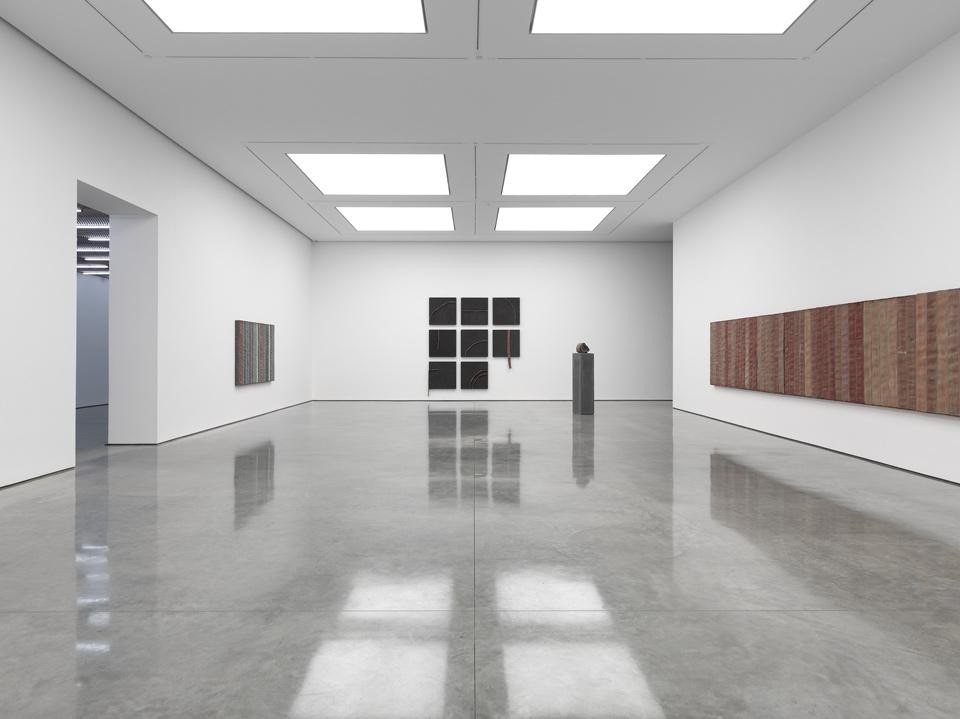
Over the last 6 years of my working at the University of Chicago, my interest in seeing shared cultural engagement between the University of Chicago, the South Side community and the city at large continued to grow. I wanted to find ways that deep institutional friendship could grow. In addition, I really felt the University had a lot to offer by way of fiscal and cultural stewardship, especially on the South Side. My position then tries to marry cultural opportunity, space and the desire for the cultural communities of the city to have home for planning, making and celebrating. Later this month, we will open a 900 square metre space called the Washington Park Arts Incubator, and in partnership with our new large arts facility, the Reva and David Logan Center for the Arts, we will have effectively delivered amazing spaces for cultural sharing on the South Side. This work of cultural space making is at the root of my belief and artistic practice.
Through 11 November 2012
Theaster Gates: My labor is my protest
White Cube Gallery
South Galleries and 9 x 9 x 9, Bermondsey, London


